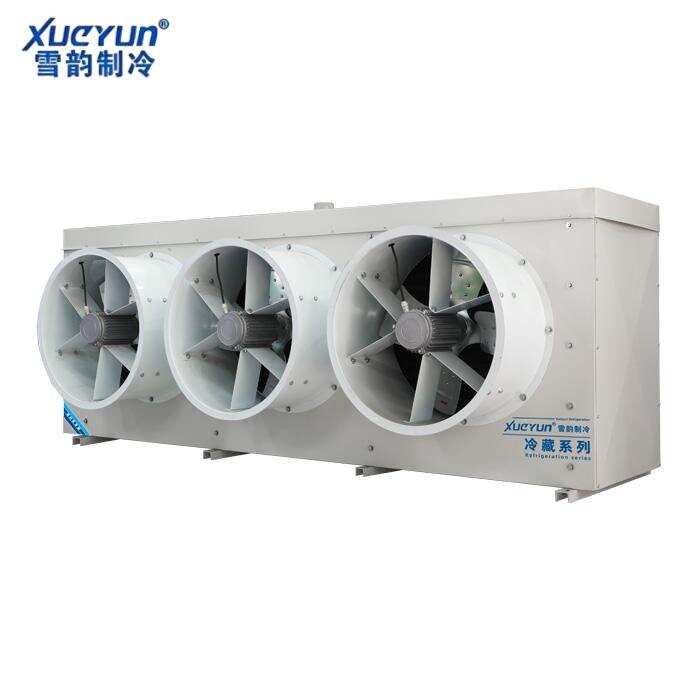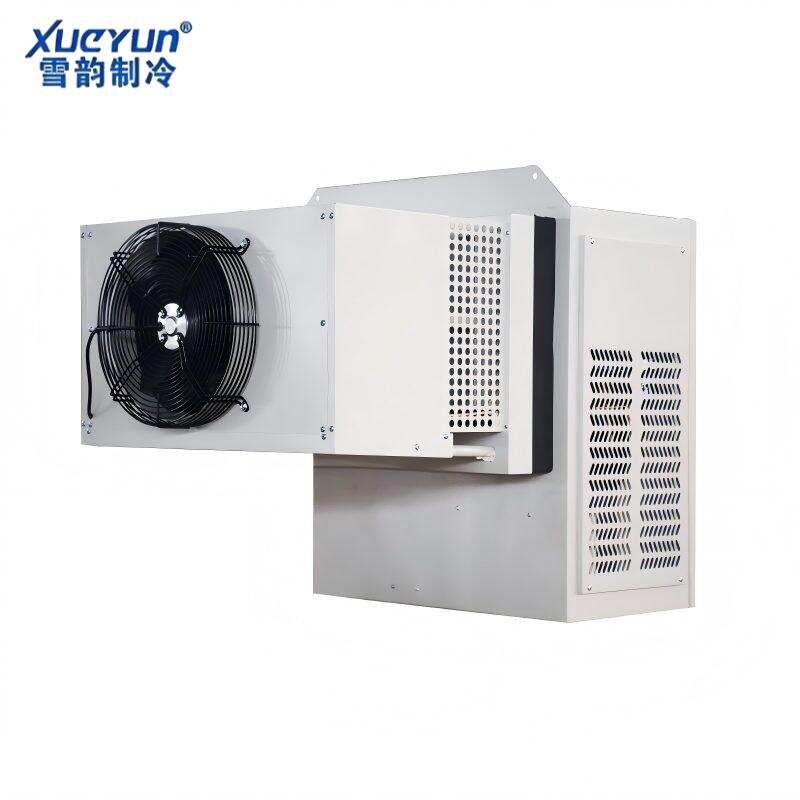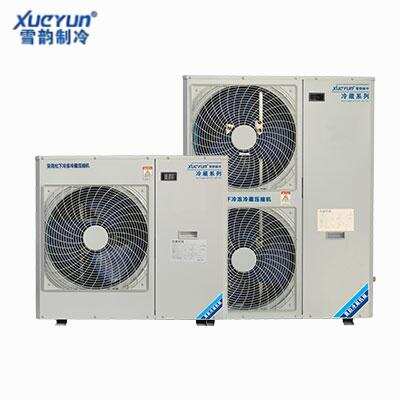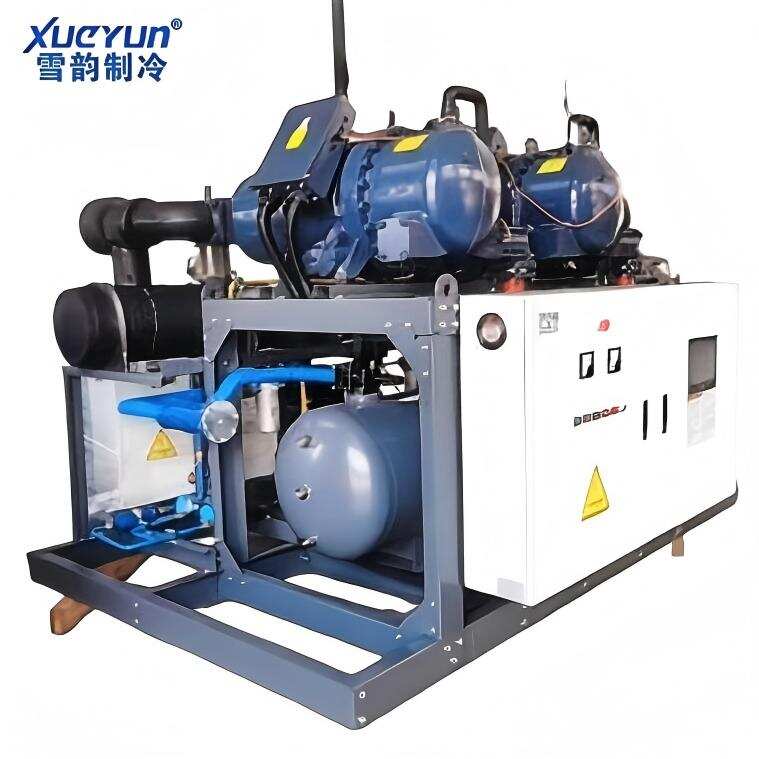
Top Products
 10.24, 2024
10.24, 2024
The appeal of cold rooms makes them a highly attractive investment for operations requiring cold storage. Despite their many benefits, it's crucial to select a cold room that aligns with the specific requirements and applications of a business to avoid unnecessary waste and expense. Manufacturers provide criteria that customers can use to identify the appropriate type and nature of cold room they need. Purchasing a cold room marks the beginning of a long-term relationship between the manufacturer and the customer, where ongoing support, guidance, and advice are provided.
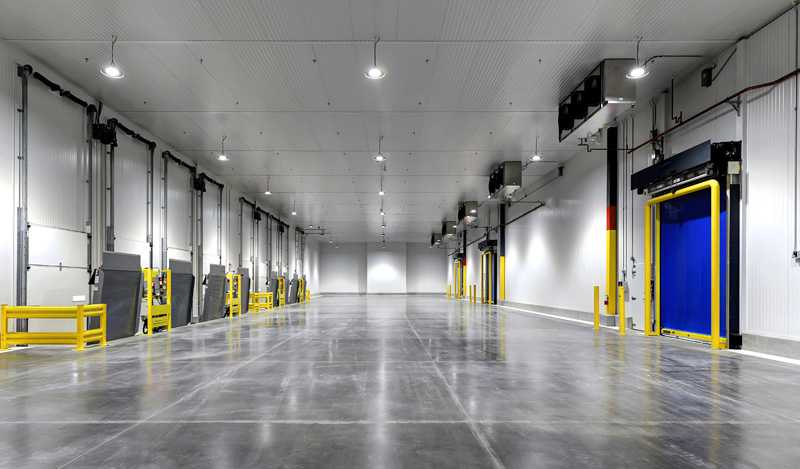
Stored Materials
The quantity of products stored in a cold room directly impacts its temperature. Larger items and those requiring more space further influence the temperature. Selecting a cold room involves planning its placement and organizing the stored items. Shelving and racking systems are typically used for convenience and easy access. Since some metals are prone to rust, shelving is often made from PVC or anodized aluminum, which are corrosion-resistant and durable.
Temperature
Despite the variety of cold rooms available, it's essential to determine the precise temperature requirements for the items to be stored. Fragile and delicate items necessitate a more controlled environment compared to sensitive equipment or more robust items. Much of the selection process revolves around the required storage temperature. As temperatures decrease, the cold room must be more robust, durable, and able to withstand lower temperatures.
The ambient temperature surrounding the cold room must also be considered, as it affects the cold room's operation. This factor is important when establishing the cold room's placement.
Power Supply
Industrial cold storage typically requires 380V or three-phase electricity. It is important to position the cold room close to the electrical supply to prevent draining power from other equipment. A constant, uninterrupted power supply is essential for optimal performance.
Ventilation
Like all storage solutions, cold rooms need adequate ventilation to facilitate air circulation and remove any odors from long-stored products. Effective ventilation helps maintain consistent temperatures and preserves the quality of stored items.
Cold rooms require ample space around them to allow heat dissipation. Indoor installations should be planned to ensure that the heat released by the cold room does not affect nearby equipment and tools. For safety reasons, cold rooms should not be placed in confined areas that restrict ventilation.
Available Space
During the initial phase of purchasing a cold room, customers typically assess the size of the space intended for its installation. Manufacturers assist by offering options that align with the available space.
Maintenance
Regardless of a cold room's quality and specifications, regular maintenance and cleaning are essential for optimal performance. Cold rooms are complex industrial systems that require the same level of care as other equipment. A monthly maintenance log should be kept to track cleaning and performance monitoring.



